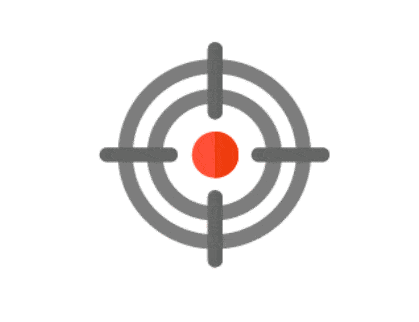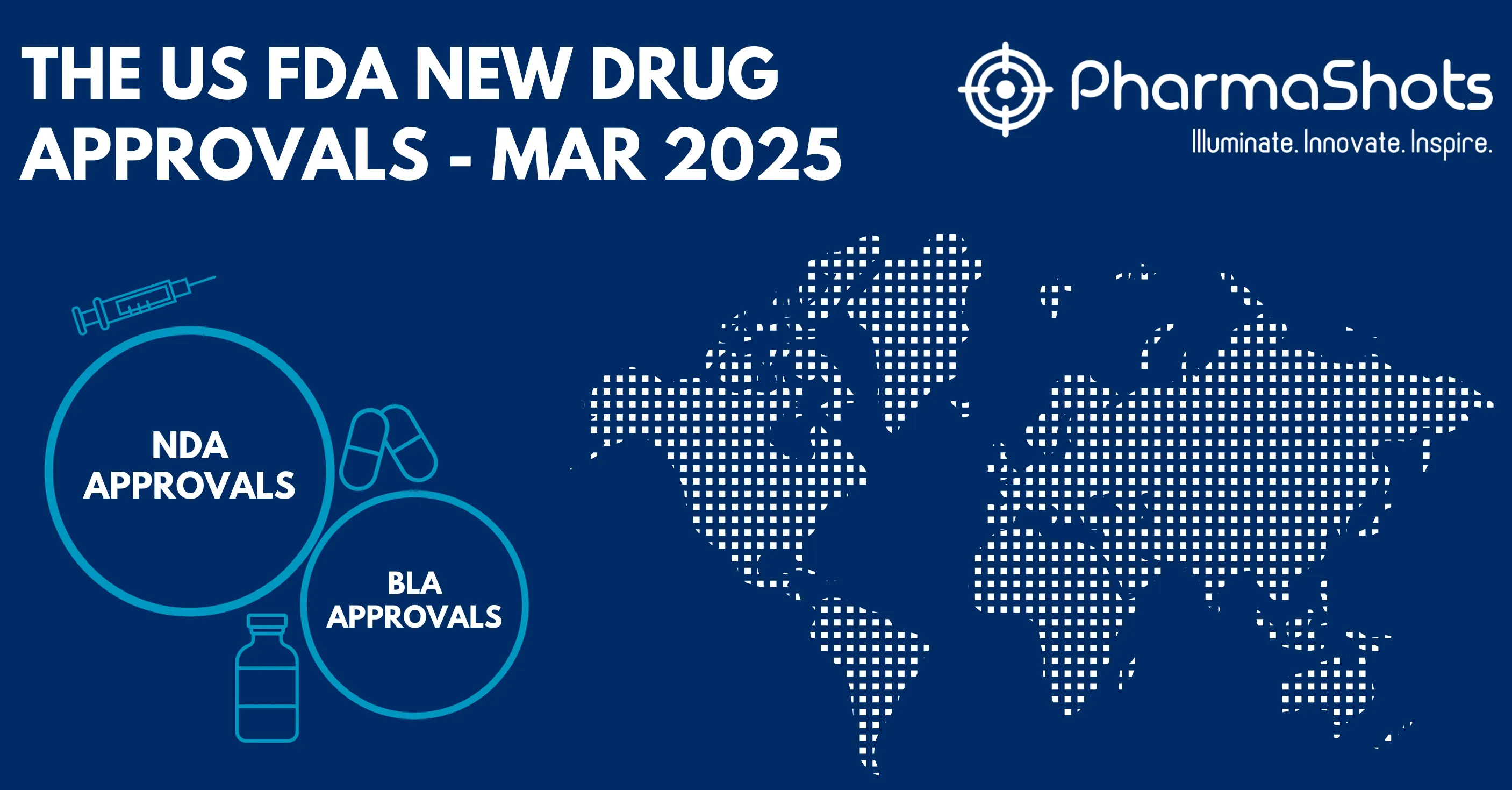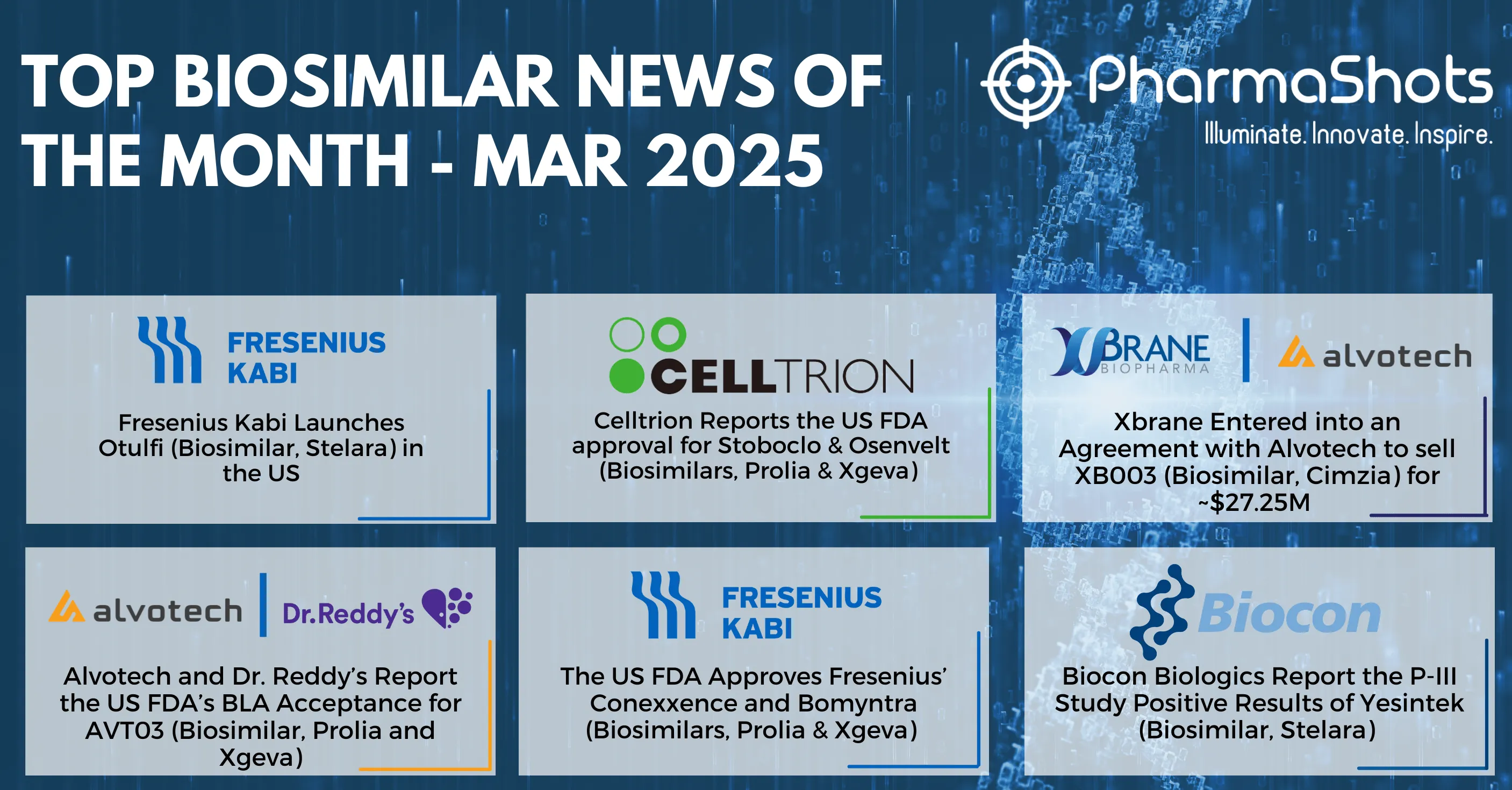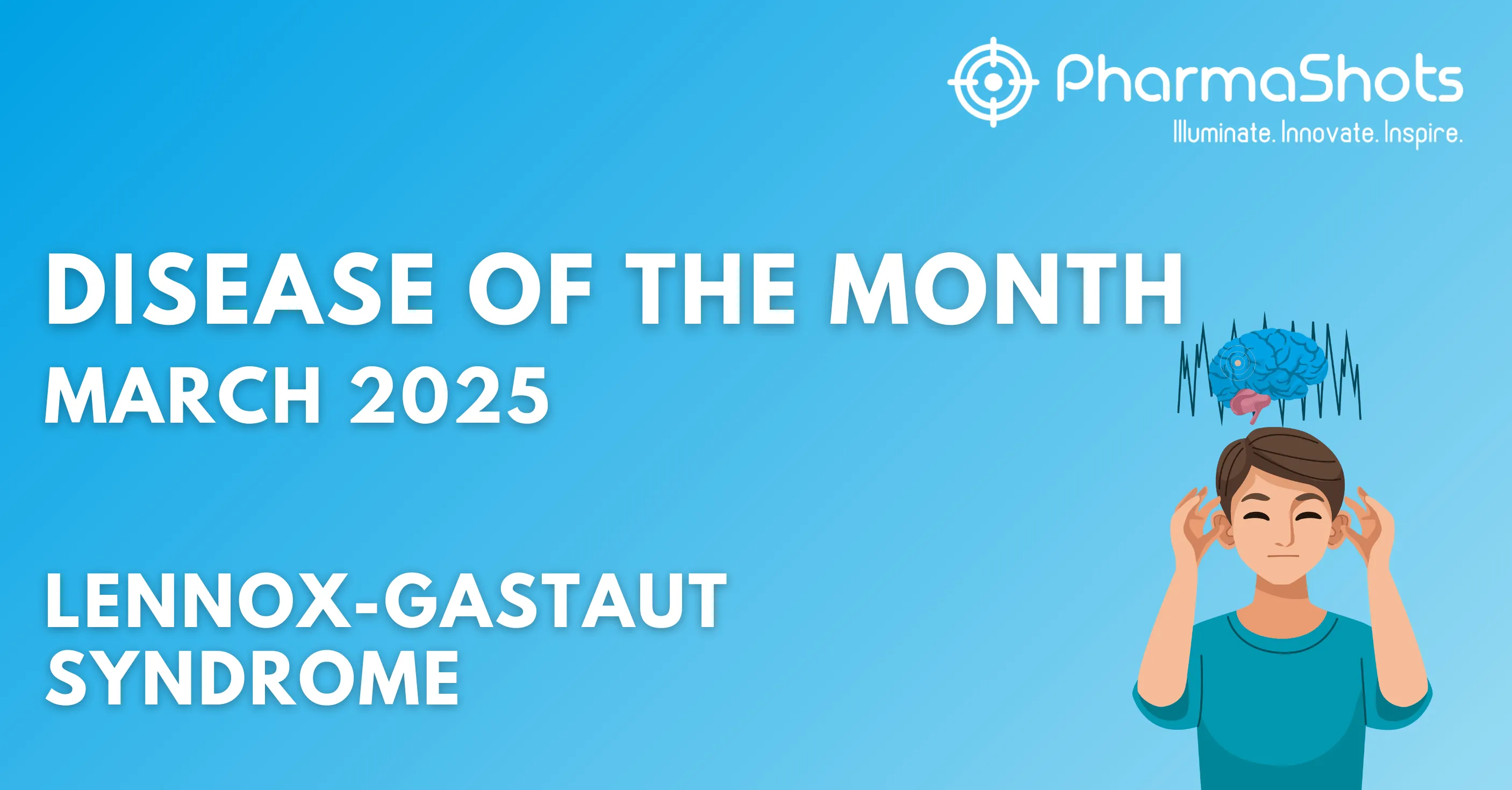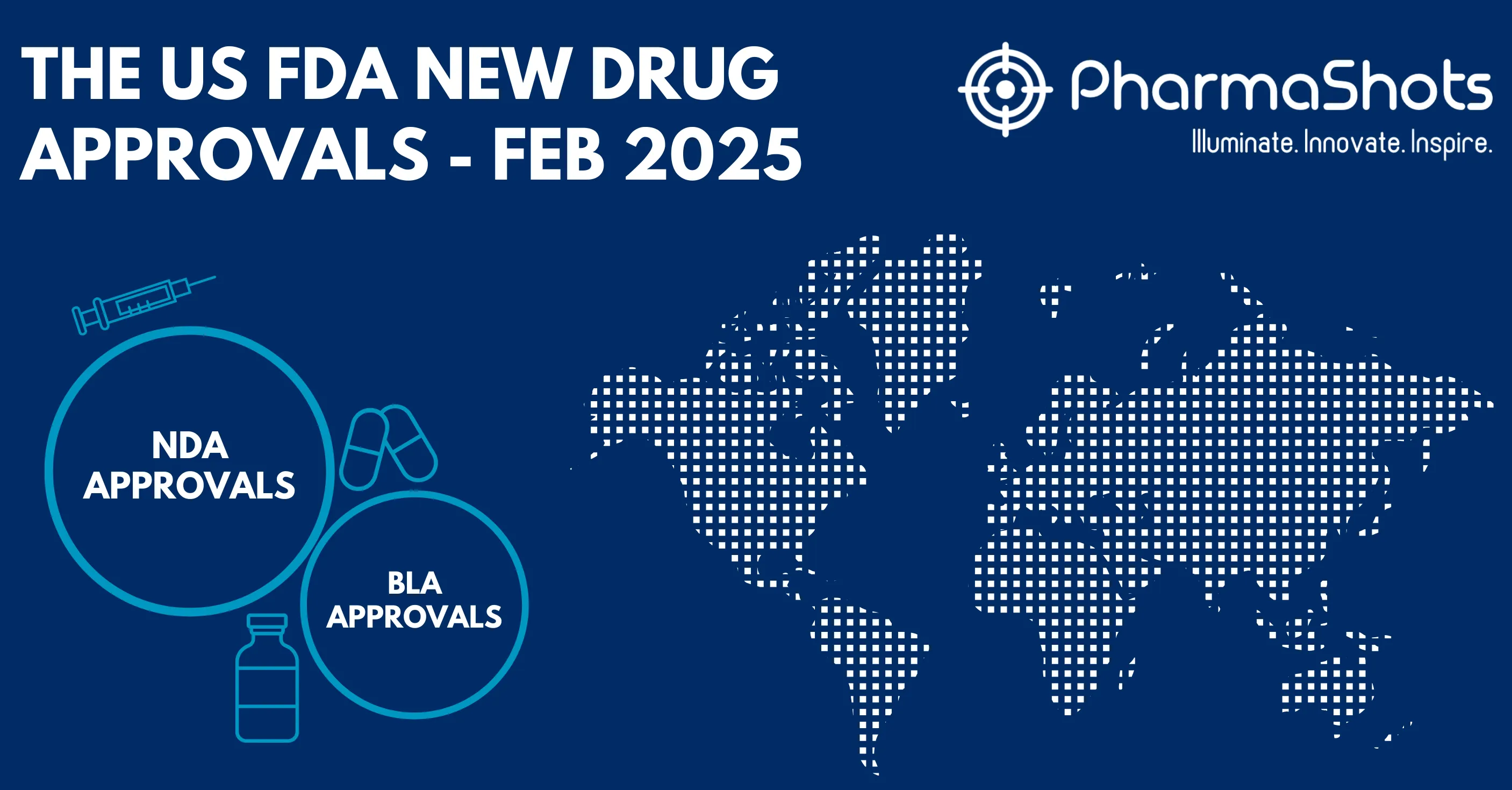
Disease of the Month – Dry age-related macular degeneration (dAMD)
Shots:
- Dry age-related macular degeneration (dAMD) is a common eye disorder that gradually damages the macula, the central part of the retina, responsible for sharp vision
- Our Disease of the Month report covers epidemiology, market size, current management strategies, emerging therapeutic options, and the role of patient advocacy groups. Additionally, we highlight the key industry players advancing treatment for dAMD
- For a detailed analysis and tailored insights into the dAMD landscape, contact our experts at connect@pharmashots.com

In terms of type, dry AMD is the most common eye disorder, followed by wet AMD. The dAMD occurs when yellow deposits called drusen accumulate under the retina, damaging light-processing cells in the macula, leading to blurred vision. dAMD affects 85-90% of those diagnosed with the condition.

There are three stages of dAMD: [1]
- Early Stage: Patients with early-stage dAMD have multiple small drusen or a few medium-sized drusen. At this stage, there are no symptoms & vision loss
- Intermediate Stage: People with intermediate-stage dAMD have many medium drusen or at least one large drusen. Many patients at this stage do not show any symptoms while some may see a blurred spot in the central vision
- Advanced Stage: In advanced dAMD, or geographic atrophy (GA), the fovea or center of one's vision is affected. People with advanced dAMD find difficulty in reading or recognizing faces
CAUSES:
The exact causes of dAMD are not clear though it is more common in individuals aged≥ 55, and certain factors may increase the risk: [2,3]
- Smoking: Smokers have a 4 times increased risk of developing the disease as the retina and macula consume significant amounts of oxygen.
- Obesity: Individuals with a BMI ≥30 are at an increased risk of developing dAMD & other degenerative eye disorders
- High Blood Pressure: High blood pressure can limit blood flow and oxygen to the eye, increasing the risk of developing dAMD
- Unbalanced Diet: A diet high in fat, cholesterol & refined carbs, with insufficient leafy green vegetables and antioxidants, may increase the risk of developing dAMD
- Genetics: Having a close family member with dAMD increases a person's risk of developing the condition
- Are female: Females are more likely to develop dAMD than females, possibly due to their longer life expectancy
- Cardiovascular Disorder: Individuals with cardiovascular disorders are at high risk of developing dry AMD

The symptoms of dAMD typically appear gradually and without pain. These may include: [1,3]
- Distorted vision (straight lines may appear as bent)
- Blurry or hazy central vision in one or both eyes
- The requirement of bright light while reading or doing close-up tasks
- Difficulty adjusting to low light levels, such as when entering a dimly lit theatre
- Increased blurriness of printed words
- Trouble in recognizing faces
- Colors may seem less bright
- A distinct blurry or blind spot in the field of vision

Ophthalmologists may carry out the following eye examinations to diagnose the disorder: [2]
- Eye Chart Test: To examine an individual’s site from large distances
- Autofluorescence: Autofluorescence imaging helps monitor retinal pigment epithelium and track disease progression in advanced dAMD
- Dilated Eye Exam: A dilated eye exam involves using eye drops to widen the pupils to examine the retina and check for optic nerve damage
- Fundoscopy or Ophthalmoscopy: These tests use a bright light to examine the retina, blood vessels, optic nerve connection, and choroid
- Fundus Photography: The doctor may use a specialized camera to photograph the back of the eye, tracking changes and signs of disease over time
- Optical Coherence Tomography (OCT): OCT is a noninvasive technique that captures cross-sectional images of the retina to measure thickness, detect thinning & assess treatment responses

dAMD cannot be cured, but it can be managed to slow down its progression and preserve vision: [1,2,4]
- Supplements: The AREDS and AREDS2 trials found that taking a daily combination of vitamins and minerals can reduce the risk of central vision loss in people with intermediate and late-stage AMD
- Lifestyle Changes: Lifestyle changes such as healthy diets, exercise, routine eye exams, and quitting smoking can slow down disease progression
- Vision rehabilitation: Patients can opt for low vision rehabilitation to adapt to changing vision
- Low Vision Aids: Utilize technological advancements such as electronic reading aids, voice interfaces, high-contrast computer displays, audio systems, and appliances for low-vision
- Regular Monitoring: Patients should keep their eyeglass prescription up-to-date and should use magnifiers and bright lights
- Surgical Process: Implantation of a telescopic lens to increase the field of vision through surgical intervention

In 2021, the global prevalence of dAMD was 0.44%, varying by ethnicity and increasing with age. Patients with dAMD had higher risks of overall mortality (HR = 1.46), tobacco-related deaths (HR = 2.86), and cancer deaths (HR = 3.37) compared to those without dAMD [5]

In 2023, the dAMD market was valued at $4.83B and is projected to reach $10.57B by 2032, growing at a CAGR of 9.1% from 2024 to 2032 [6]
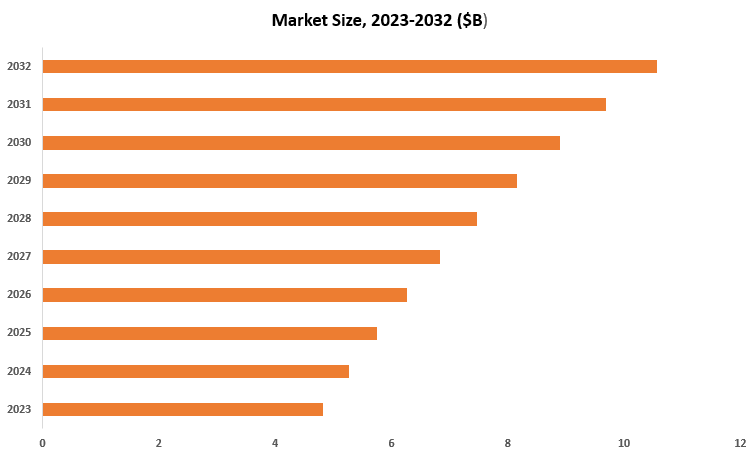

Izervay, a new complement C5 inhibitor, is the only FDA-approved drug to treat Geographic atrophy (GA) secondary to age-related macular degeneration (AMD) [7]
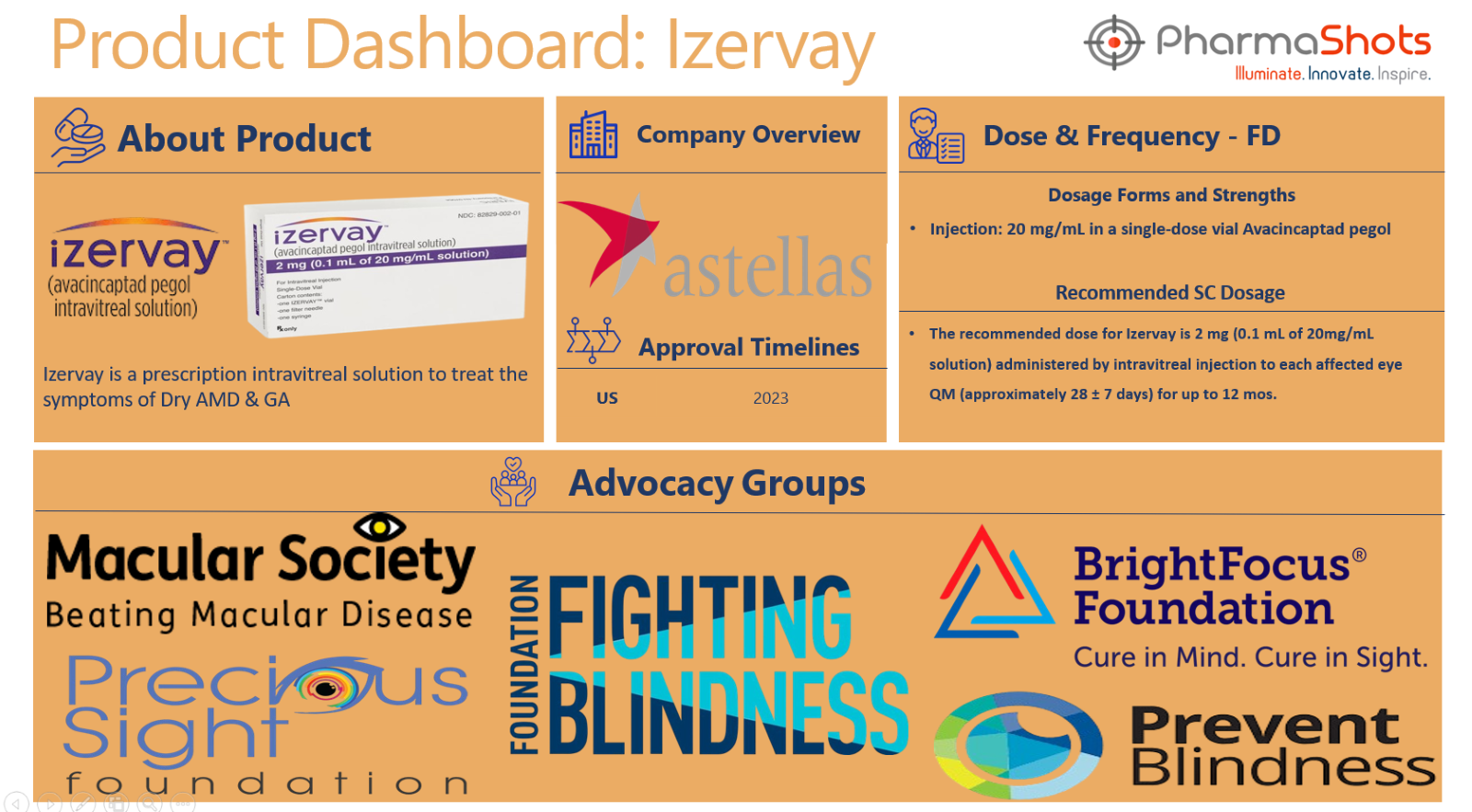

The approved treatments for dAMD include IZERVAY (Intravitreal solution) by Astellas and Syfovre (Intravitreal solution) by Apellis Pharmaceuticals.


Based on the geographical distribution, the interventional and industry-sponsored clinical trials are classified in the below-mentioned graph into two groups based on their status: Active (recruiting; active, not recruiting; not yet recruiting; enrolling by invitation and suspended) and Inactive (withdrawn; terminated and trials with unknown status)
The maximum number of active trials is being conducted across the US followed by Spain, UK, Germany, France, Australia, Canada, China, and South Korea (as represented in the graph) [8]
Note: The number of trials were extracted on Dec 16, 2024.
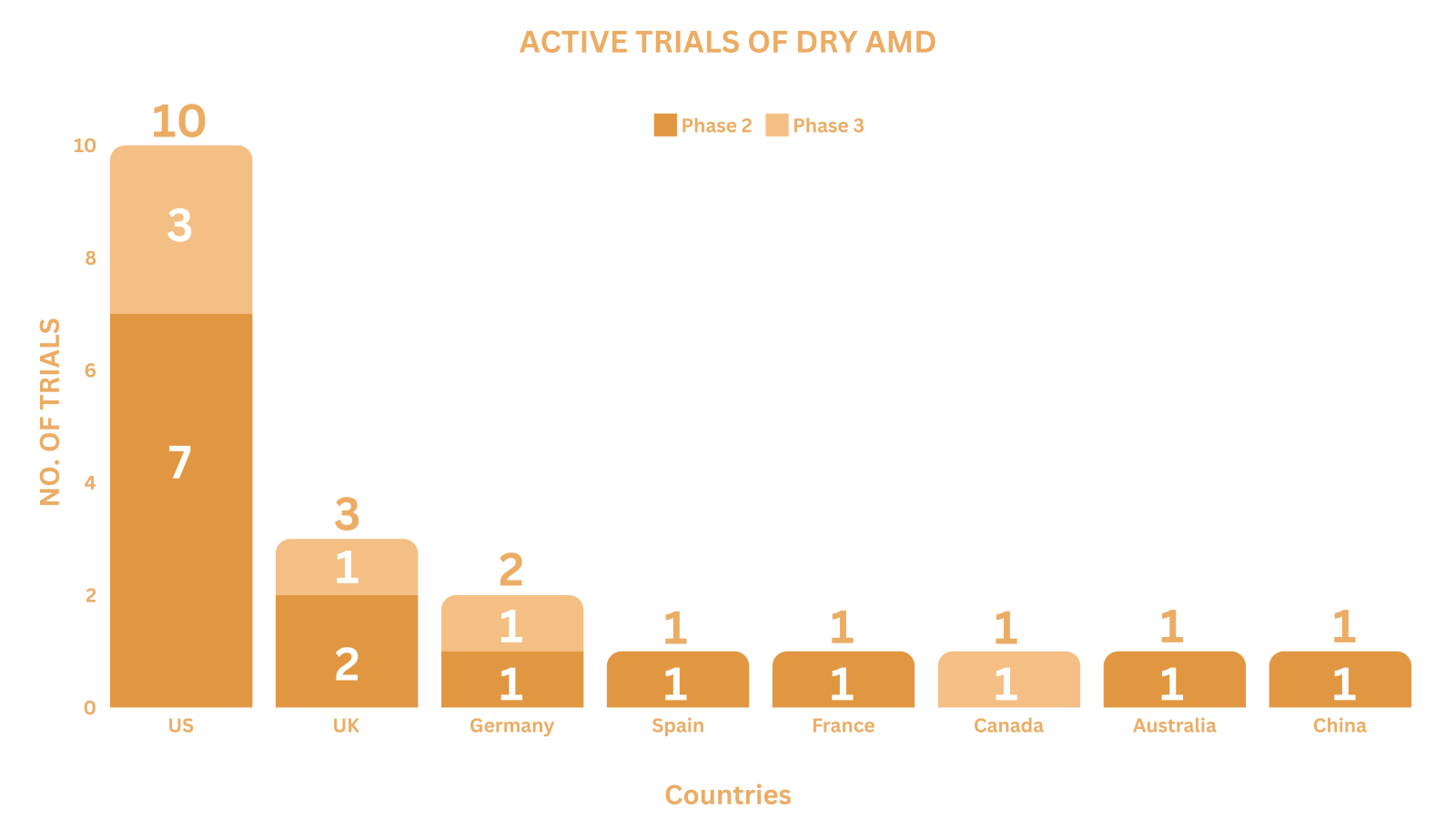
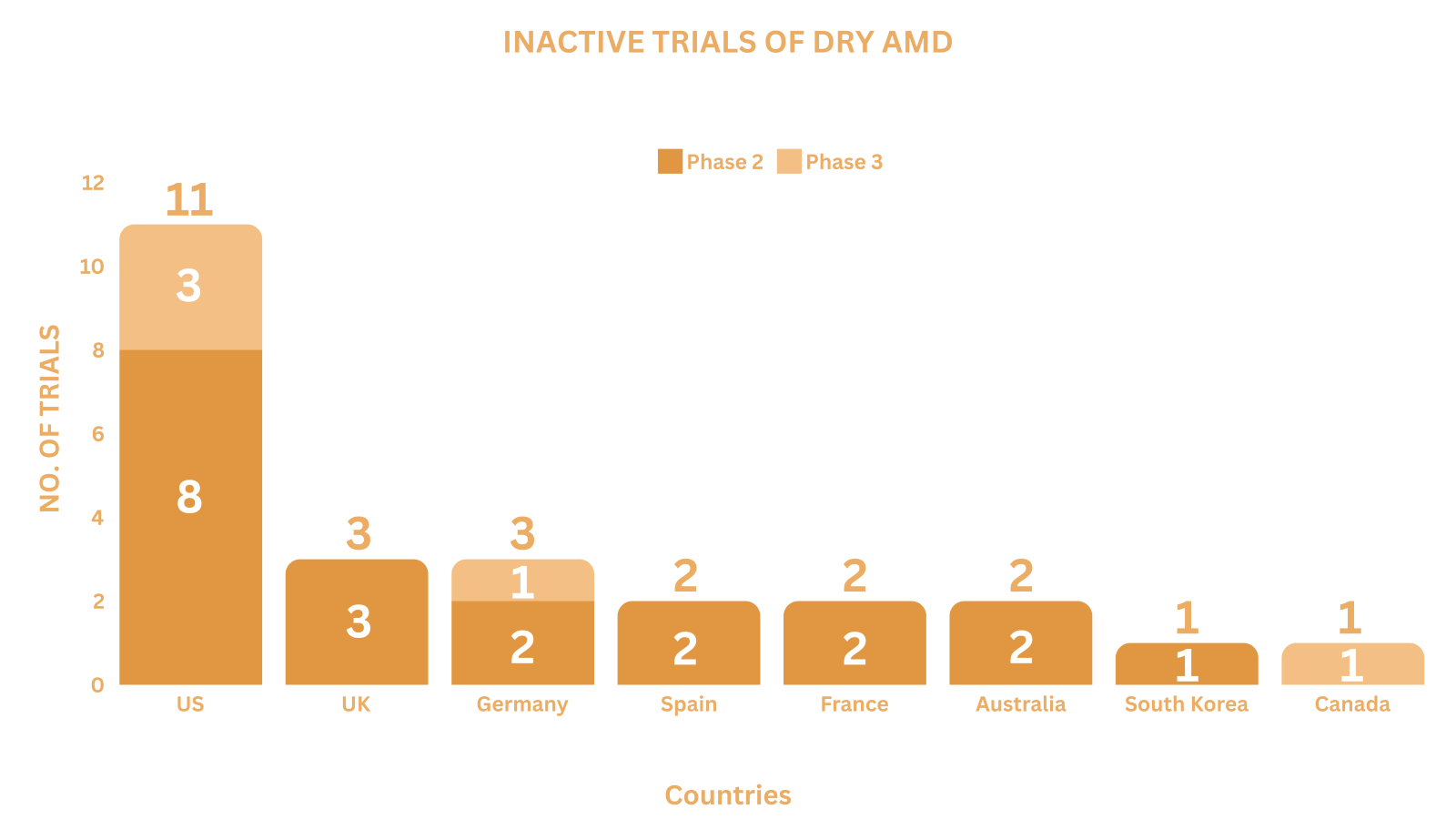

Several patient advocacy groups are dedicated to supporting individuals with dAMD and improving their quality of life.
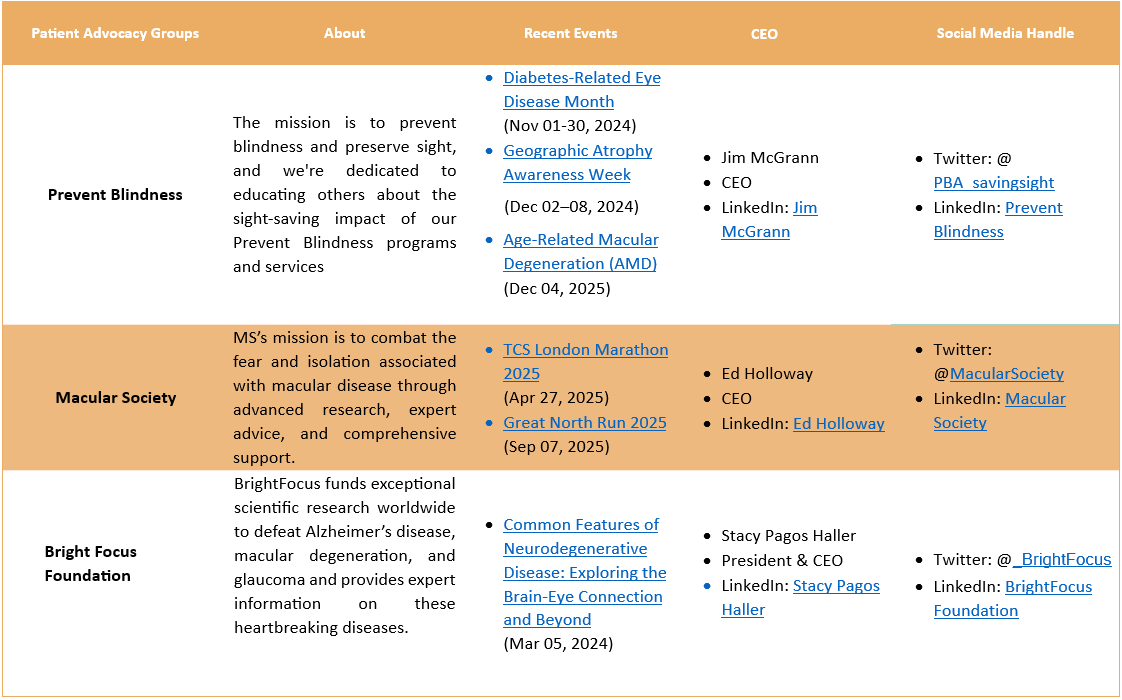

-
Margret Krakauer
I’m 79 and had cataract surgery a decade ago. That’s when my doctor diagnosed me with age-related macular degeneration (AMD). I started to show signs of geographic atrophy (GA) probably 5 years later.
I’ve been legally blind in my left eye since childhood, which has nothing to do with GA. But I learned to adapt to vision loss early on. I always wonder if my early sight struggles helped me adapt to living with AMD.
But I think I reacted to my diagnosis like anyone else: I was shocked. I was scared. I didn’t understand it.
I still get anxious about vision loss, but I’m doing well. I feel mentally prepared for the future, one that until recently didn’t include GA treatment. And maybe something will come along in my lifetime that’ll be even better than this newly approved drug or the ones that may soon follow.
Plus, people who lose central vision in both eyes can still travel, work, bicycle, and maintain independent lives. Just knowing that other folks with GA do all those things is reassuring.
And who knows what’ll happen for me in the years to come. I might not go back to painting, which I used to do for hours, but maybe I’ll return to sculpting. It just feels good to be able to have that to think about. [9]
References:
- Prevent Blindness
- Medical News Today
- MayoClinic
- HealthLine
- Science Direct
- GlobeNewsWire
- Izervay PI
- CT.Gov
- Patient Story
Related Post: Disease of the Month – Gastroparesis
Tags

A passionate content writer with expertise in delivering high-quality and engaging content, Dipanshu is a keen reader and a versatile writer. Dipanshu dedicatedly covers news ranging from biopharma, life sciences, biotech, and MedTech to diagnostics and animal health companies, FDA, EMA, and biosimilar approvals. He can be contacted at connect@pharmashots.com
